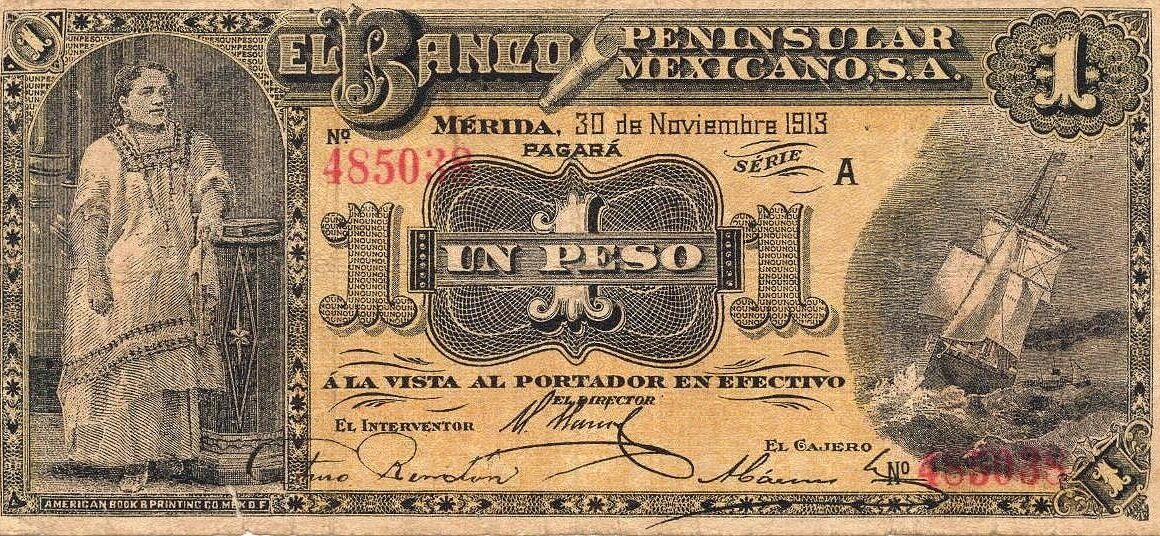Juggling multiple debts can feel like walking a tightrope – one wrong step, and you risk a financial fall. From credit card balances to student loans and personal loans, the weight of debt can be overwhelming. Fortunately, debt management is a powerful tool that can help you regain control of your finances, navigate your obligations, and work towards a debt-free future. This guide provides a comprehensive overview of debt management, offering actionable strategies and insights to help you take charge of your financial well-being.
Understanding Debt Management
What is Debt Management?
Debt management is the process of analyzing your current financial situation, identifying your debts, and creating a plan to effectively manage and pay them off. It involves strategies like budgeting, debt consolidation, and seeking professional help to reduce the overall burden of debt. It’s not a quick fix but a long-term approach to financial stability.
- Example: A debt management plan might involve negotiating lower interest rates with creditors or consolidating multiple debts into a single, more manageable loan.
Why is Debt Management Important?
Effective debt management is crucial for several reasons:
- Reduced Stress: Knowing you have a plan in place can significantly reduce the stress and anxiety associated with debt.
- Improved Credit Score: Consistently making payments on time, even smaller amounts under a managed plan, can positively impact your credit score.
- Financial Freedom: Paying off debt frees up income for other financial goals, such as saving for retirement, buying a home, or investing.
- Avoidance of Default: Proactive debt management can help prevent you from falling behind on payments, which can lead to defaults and negative consequences like wage garnishment.
- Lower Interest Payments: Strategies like debt consolidation can potentially lower the overall interest you pay over the life of your loans.
Common Types of Debt
Understanding the types of debt you have is the first step in managing it effectively. Common types of debt include:
- Credit Card Debt: Often has high interest rates and can quickly accumulate.
- Student Loans: Federal and private loans used to finance education.
- Personal Loans: Unsecured loans that can be used for various purposes.
- Mortgages: Loans secured by real estate.
- Auto Loans: Loans secured by a vehicle.
- Medical Debt: Debt incurred from healthcare expenses.
Creating a Debt Management Plan
Step 1: Assess Your Financial Situation
The foundation of any successful debt management plan is a clear understanding of your income and expenses.
- Track Your Income: Determine your total monthly income from all sources.
- List Your Expenses: Categorize and track all your monthly expenses, including rent/mortgage, utilities, food, transportation, and entertainment. Use budgeting apps, spreadsheets, or even a simple notebook to keep track.
- Calculate Your Debt-to-Income Ratio (DTI): Divide your total monthly debt payments by your gross monthly income. A lower DTI indicates a healthier financial situation. Lenders often look for a DTI below 43%.
Example: If your monthly debt payments are $1,500 and your gross monthly income is $5,000, your DTI is 30% ($1,500 / $5,000 = 0.30).
Step 2: Identify Your Debts
Compile a comprehensive list of all your outstanding debts. For each debt, include the following information:
- Creditor Name: The name of the lender or company you owe.
- Account Number: The account number associated with the debt.
- Outstanding Balance: The total amount you currently owe.
- Interest Rate: The annual percentage rate (APR) you are being charged.
- Minimum Payment: The minimum amount you must pay each month to avoid late fees and penalties.
Step 3: Choose a Debt Repayment Strategy
Several debt repayment strategies can help you tackle your debt. Two popular methods are the debt snowball and the debt avalanche.
- Debt Snowball Method: Focuses on paying off the smallest debt first, regardless of interest rate. This provides quick wins and boosts motivation.
Example: If you have debts of $500, $2,000, and $5,000, you would focus on paying off the $500 debt first, while making minimum payments on the other two.
- Debt Avalanche Method: Focuses on paying off the debt with the highest interest rate first, which can save you the most money in the long run.
Example: If you have debts with interest rates of 15%, 10%, and 5%, you would focus on paying off the debt with the 15% interest rate first, while making minimum payments on the other two.
Step 4: Create a Budget
A budget is essential for managing your finances and ensuring you have enough money to make your debt payments.
- Allocate Funds for Debt Payments: Prioritize debt payments in your budget.
- Reduce Discretionary Spending: Identify areas where you can cut back on spending, such as dining out, entertainment, or subscriptions.
- Automate Payments: Set up automatic payments to avoid missing deadlines and incurring late fees.
Debt Consolidation
What is Debt Consolidation?
Debt consolidation involves combining multiple debts into a single, new loan with a potentially lower interest rate or more favorable terms. This can simplify your payments and potentially save you money.
Types of Debt Consolidation
- Personal Loans: Unsecured loans that can be used to consolidate credit card debt or other unsecured debts.
- Balance Transfer Credit Cards: Credit cards that offer a low or 0% introductory interest rate for a limited time, allowing you to transfer balances from higher-interest cards.
- Home Equity Loans (HELOCs): Secured loans that use your home equity as collateral. These often come with lower interest rates but pose the risk of foreclosure if you can’t make payments.
- Debt Management Programs (DMPs): Programs offered by credit counseling agencies that work with creditors to negotiate lower interest rates and create a structured repayment plan.
Benefits and Risks of Debt Consolidation
- Benefits:
Simplified Payments: One monthly payment instead of multiple.
Lower Interest Rates: Potentially reduces the overall cost of debt.
Improved Credit Score: If managed responsibly.
- Risks:
Fees and Charges: Consolidation loans may come with origination fees or balance transfer fees.
Secured Loans: Using your home as collateral can put you at risk of foreclosure.
Longer Repayment Terms: May result in paying more interest over the life of the loan.
Seeking Professional Help
When to Consider Professional Help
If you’re struggling to manage your debt on your own, consider seeking professional help from a credit counseling agency or financial advisor.
- Overwhelmed by Debt: Feeling stressed and unable to manage your debt.
- Missing Payments: Regularly falling behind on payments.
- Difficulty Budgeting: Struggling to create and stick to a budget.
- Facing Collection Actions: Receiving calls or letters from debt collectors.
Credit Counseling Agencies
- Non-Profit Organizations: Offer free or low-cost counseling services.
- Debt Management Plans (DMPs): Work with creditors to negotiate lower interest rates and create a structured repayment plan.
- Financial Education: Provide educational resources and workshops on budgeting, saving, and credit management.
Financial Advisors
- Comprehensive Financial Planning: Offer personalized advice on all aspects of your financial life, including debt management, investing, and retirement planning.
- Fee-Based or Commission-Based:* Understand how financial advisors are compensated to ensure their advice is in your best interest.
Conclusion
Debt management is a journey that requires commitment and a strategic approach. By understanding your financial situation, creating a budget, choosing a debt repayment strategy, and considering debt consolidation or professional help, you can take control of your finances and work toward a debt-free future. Remember that every small step you take towards managing your debt can lead to significant improvements in your financial well-being and peace of mind. Start today and pave the way for a brighter financial tomorrow.




